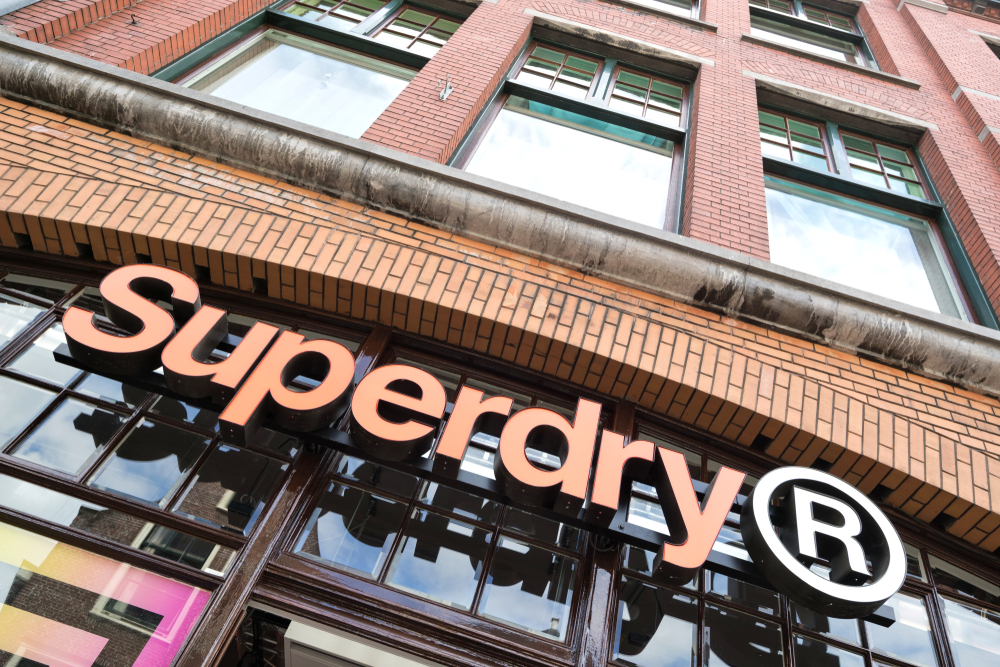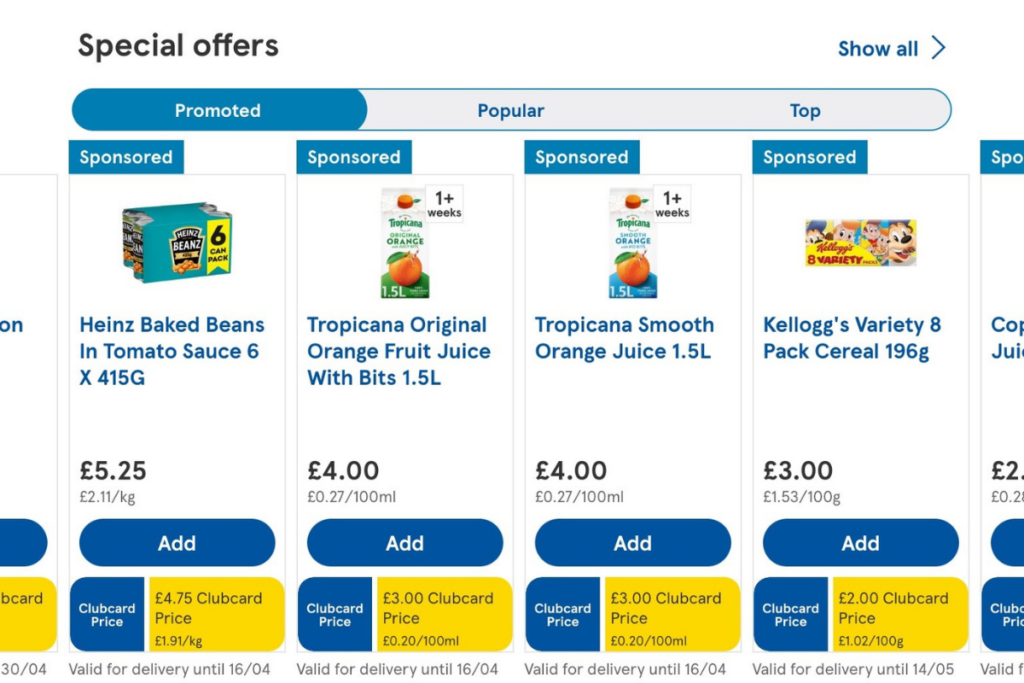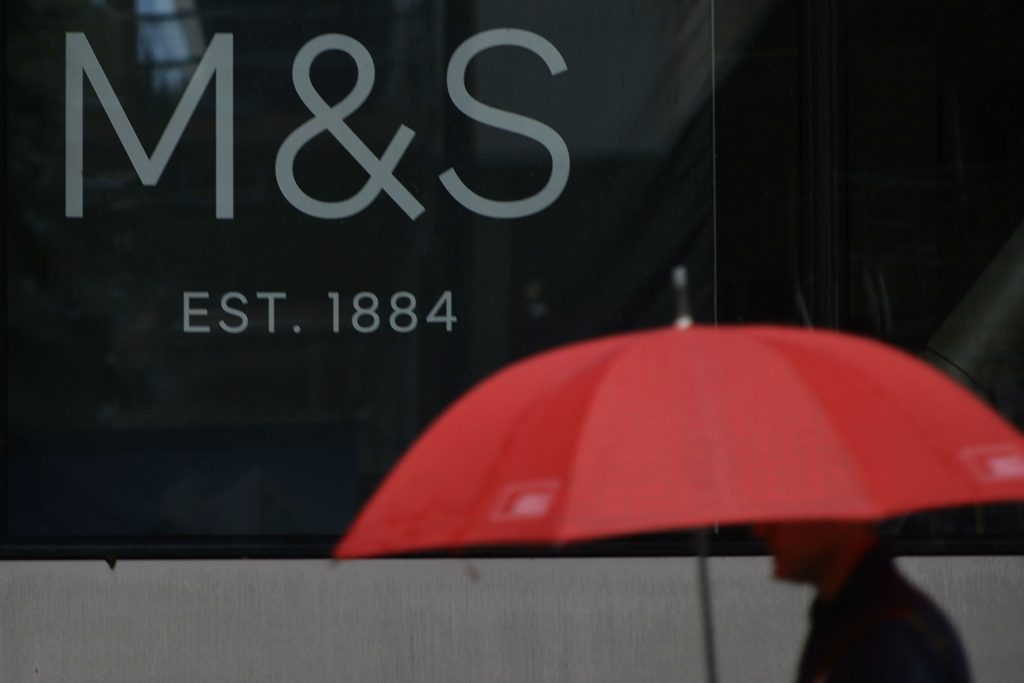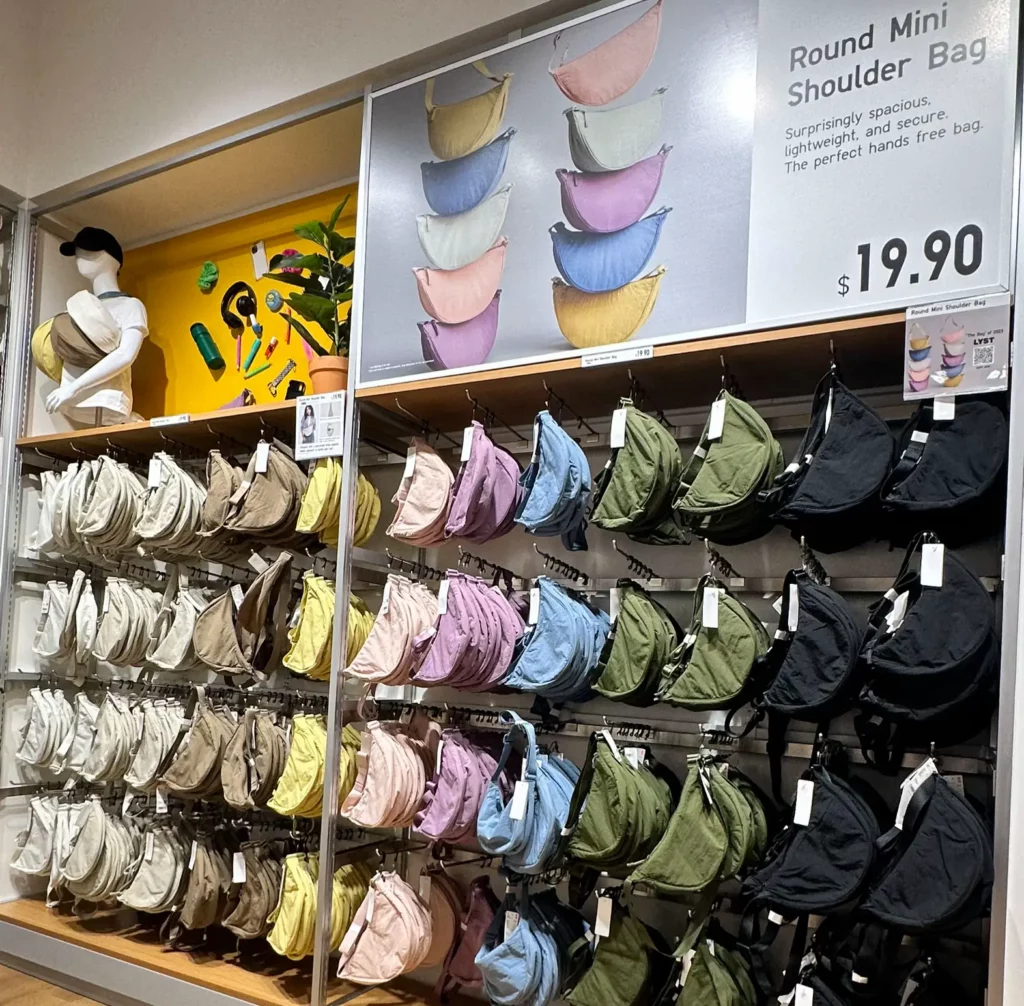With 2014‘s luxury market slow down affecting sales in China‘s shopping centres, a report from investment firm CBRE has argued that the country‘s rapidly growing middle class is set to propel significant retail expansion over the next 10 years.
Titled ‘The New Age of the Asia Pacific Retail Market‘, CBRE‘s Asia-Pacific Director Jonathan Hsu, predicts that “China, Hong-Kong and Singapore will remain relatively quiet due to softening domestic consumption” throughout 2015, as weak performance in suburban shopping malls have equally pushed rent prices down.
Following the resonating impact of the on-going anti-corruption campaign of 2014, the Asia-Pacific retail industry is not completely stagnant, as market entrance activity has remained constant in Hong Kong and second tier cities over the past two years. Witnessing the largest volume of retail space throughout the region in the past year, these cities expect to see even larger growth in 2015.
Mainland cities Changdu, Beijing, Shanzhen and Changsha are currently listed as the top cities to construct new retail space, which is predicted to contribute a further 220 million square ft. of new shopping space across Asia, but it is both urban areas and an increase in the middle class population that is responsible for economic growth. China‘s previous urbanisation rate of 53.2% (2013) is set to rise to 60% by 2020.
As China‘s entire middle class is equally estimated to expand to over 1.7bn people by 2020 from a previous 525m in 2009, rising incomes are predicted to increase demand for discretionary items such as cars, electronics and fashion items. Now among the top 10 global markets for demand in retail consumption, the Asia-Pacific market has overtaken Europe and America over the past decade, which is set to continue throughout the Asia-Pacific region. Particularly in Hong-Kong, Beijing and Shanghai, an increase in tourist arrivals to smaller destinations have also contributed to the driving growth of demand.
Despite the snare of China‘s anti-corruption campaign, which equally cut into the sale of high-end goods with luxury sales increasing at the slowest rate since 2000, it seems that the Asia-Pacific retail industry promises to boom in the near future.

















